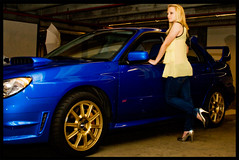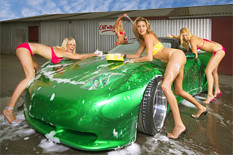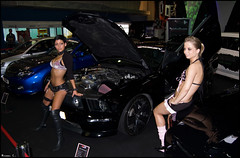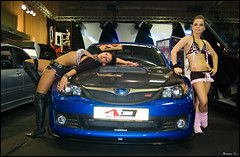 1938 Hispano-Suiza H6C Saoutchik Xenia Coupe
1938 Hispano-Suiza H6C Saoutchik Xenia Coupe
 Winner of the Most Elegant Closed Car award at the 2000 Pebble Beach Concours, this is a streamlined design of a car company known also for its aircraft manufacturing, and due to it's conceptualization from a ww1 fighter pilot, (they may have gotten the nod becuase of the aircraft connection) Andre Dubonnet, heir to the Dubonnet aperitif business and race car driver. All windows are curved glass, the panoramic windshield, gullwing windows, and suicide doors.
Winner of the Most Elegant Closed Car award at the 2000 Pebble Beach Concours, this is a streamlined design of a car company known also for its aircraft manufacturing, and due to it's conceptualization from a ww1 fighter pilot, (they may have gotten the nod becuase of the aircraft connection) Andre Dubonnet, heir to the Dubonnet aperitif business and race car driver. All windows are curved glass, the panoramic windshield, gullwing windows, and suicide doors.Engine design was shared between the aircraft and cars... one crankshaft was carved from a 700 lb billet steel block. Consider that the types of engines in the 30's were huge displacement and fewer cylinders, like a 487 cu in straight 6 cyl... and that Hispano Suiza had aluminum cylinder block and overhead camshafts at a time when Rolls-Royce's venerable Silver Ghost was still using side valves, and an iron block cast in several pieces.
It was also ahead of Rolls-Royce in the braking department. While the Rolls had brakes on the rear wheels only, the Hispano had four-wheel brakes, servo assisted by a shaft driven off the rear of the transmission. Rolls-Royce later adopted this system under licence from Hispano and used it for many years.
http://www.thoroughbred-cars.com/cars/france/hispano%20suiza/Hispano%20Suiza%20H6C.htm







